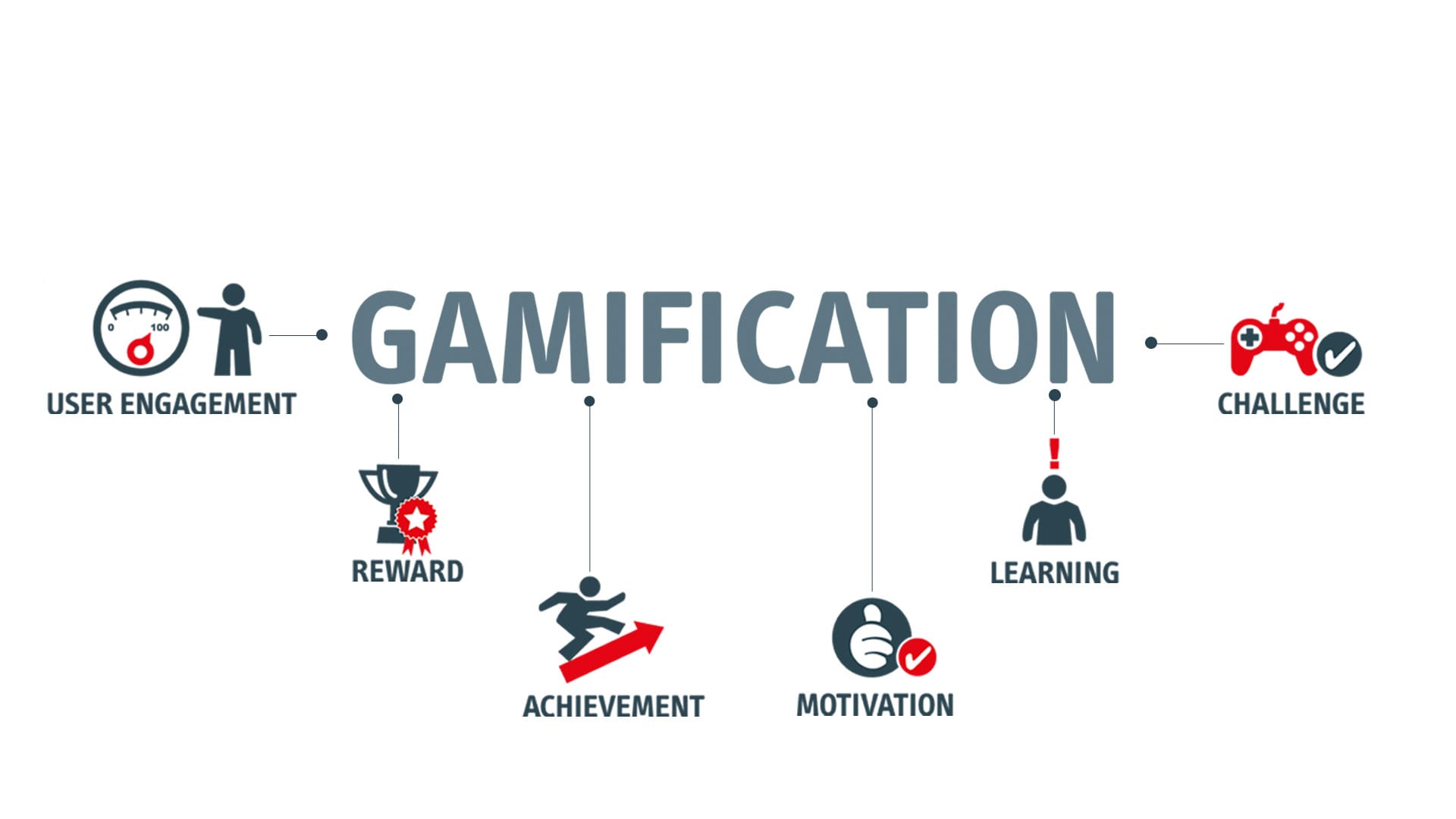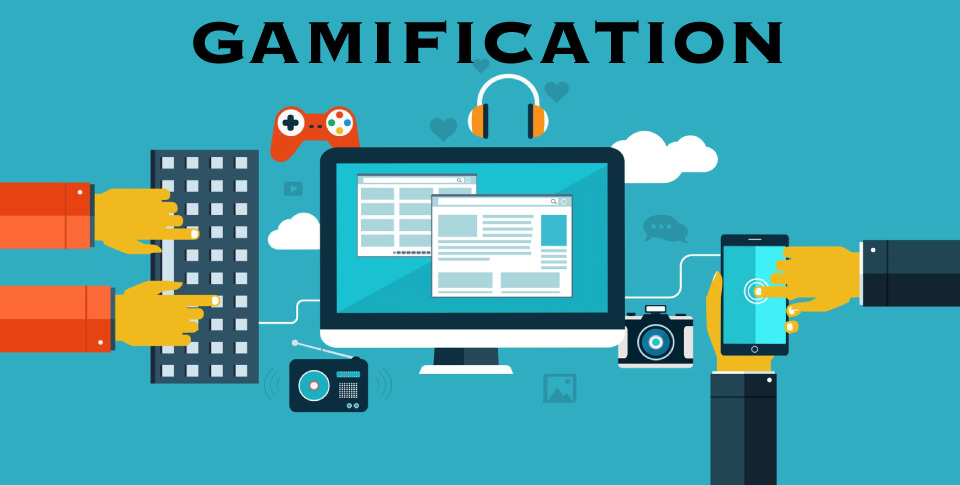The Significance of Gamification in Marketing Strategies

In an era where consumer attention is a valuable commodity, businesses constantly seek innovative methods to captivate their audience. Among the myriad strategies available, one tactic stands out for its unparalleled ability to engage, motivate, and retain consumers: gamification in marketing.
Gamification, the integration of game elements into non-game contexts, has evolved from a mere trend to a powerful marketing tool. By leveraging principles from gaming—such as competition, rewards, challenges, and progression—businesses can create immersive experiences that resonate deeply with their target audience. This approach extends beyond mere entertainment; it fosters a sense of participation, achievement, and enjoyment, driving consumer interaction and loyalty in the process.
Engaging User Experience
The key to effective marketing lies in capturing and retaining consumer attention. Gamification achieves this by transforming mundane tasks into interactive experiences. Whether it’s a loyalty program, interactive quizzes, or challenges embedded within an app or website, gamified elements draw users in, compelling them to participate actively rather than passively consume content.
By infusing elements like leaderboards, badges, and progress bars, marketers trigger a sense of accomplishment and competitiveness, stimulating continued engagement. This interactive engagement not only entertains but also educates and influences consumer behavior effectively.

Enhanced Learning and Retention
One of the remarkable aspects of gamification is its ability to facilitate learning in an engaging manner. By incorporating educational content into games or quizzes, businesses can educate consumers about their products or services in an entertaining way. This approach not only makes the learning process enjoyable but also enhances information retention through active participation and reinforcement.
For instance, language learning apps often utilize gamified techniques, rewarding users for completing lessons or quizzes. This method significantly improves user engagement and retention compared to traditional learning methods.
Building Brand Loyalty and Trust
Gamification marketing fosters a sense of connection and loyalty between consumers and brands. Through rewarding achievements or offering exclusive incentives, companies can create a reciprocal relationship, where consumers feel valued for their engagement. This feeling of appreciation strengthens brand loyalty, encouraging repeat interactions and purchases.
Moreover, by delivering on promised rewards or incentives, brands establish credibility and trust. When consumers perceive tangible benefits from their participation, it reinforces their trust in the brand’s authenticity and commitment.

Data Collection and Insights
Gamification also serves as a valuable tool for gathering consumer data and insights. By monitoring user interactions within gamified experiences, marketers gain a deeper understanding of consumer behavior, preferences, and motivations. Analyzing this data enables businesses to refine their marketing strategies, personalize experiences, and tailor offerings to better meet consumer needs.
Conclusion
The integration of gamification in marketing strategies is not merely a passing trend; it has become a fundamental pillar in engaging and retaining consumers. Its ability to transform mundane activities into captivating experiences, foster learning, build brand loyalty, and provide valuable consumer insights makes it an indispensable tool for businesses seeking to stand out in a crowded market.
As technology continues to advance, the potential for innovative gamified marketing experiences will only expand, presenting endless opportunities for businesses to connect with their audience in meaningful and enjoyable ways. Embracing gamification is not just a marketing strategy—it’s a gateway to creating immersive, rewarding, and enduring relationships with consumers.

